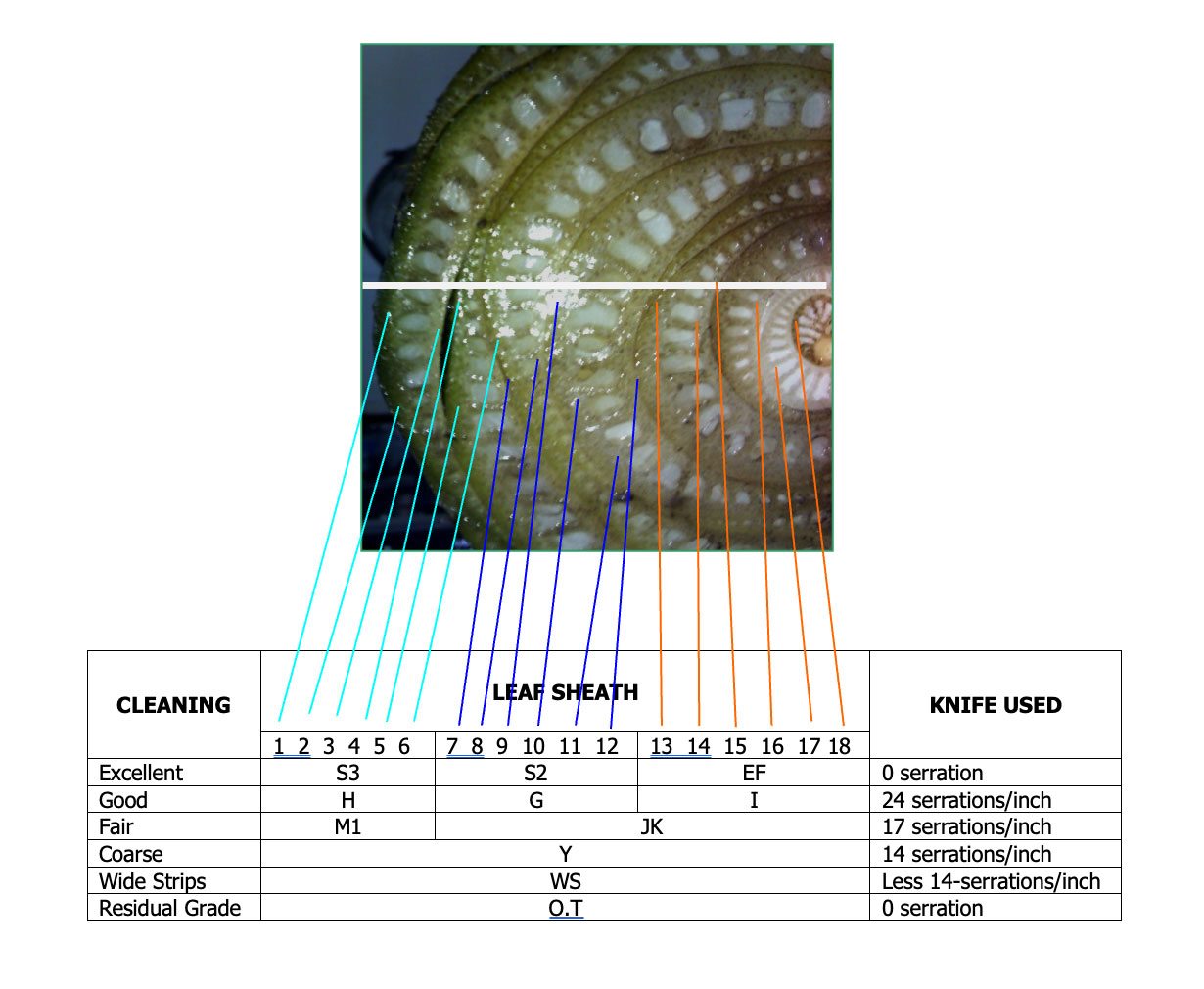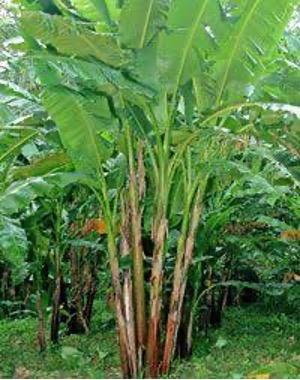
The Abaca Plant
Abaca, (Musa Textilis), plant of the family Musaceace, and its Fibre, which is second in importance among the leaf fiber group.
The plant, native to the Philippines, achieved importance as a source of cordage fibre in the 19th century.
The abaca plant is closely related to and resembles the banana Plant (Musa sapientum). The abaca plant grows from rootstock produces up to about 25 fleshy, fibreless stalks, forming a circular cluster called a mat, or hill. Each stalk is about 5 cm (2 inches) in diameter and produces about 12 to 25 leaves with overlapping leaf stalks, or petioles, sheathing the plant stalk to form an herbaceous (nonwoody) false trunk about 30 to 40 cm in diameter. The oblong, pointed leaf blade topping each petiole is bright green on the upper surface and yellowish green below and grows to about 1 to 2.5 m (3 to 8 feet) in length and 20 to 30 cm in width at its widest portion.
The first petioles grow from the plant stalk base; others develop from successively higher points on the stalk so that the oldest leaves are on the outside and the youngest on the inside, extending to the top, which eventually reaches a height of 4 to 8 m. The position of the petiole determines its color and the color of the fiber it yields, with outer sheaths being darkest and inner sheaths lightest. When the plant stalk has its full complement of sheathing petioles, a large flower spike emerges from its top. The small flowers, which are cream to dark rose in color, occur in dense clusters. The inedible, banana-shaped fruits, about 8 cm long and 2-2.5 cm in diameter, have green skins and white pulp; the seeds are fairly large and black.
Source: Encylcopedia Britannica
The Abaca Fiber
World’s strongest natural fiber
Remarkably have high physical strength properties, such as tensile, burst, folding, tear and inter-fiber bonding strength.
Composed of highly biodegradable lignin which is a natural substance, sugar/carbohydrates contents & smaller chemical compounds, that are easily decomposed by micro-organisms in bodies of water.
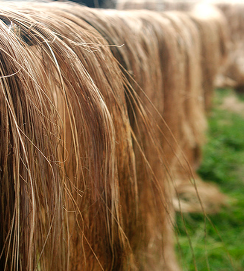
Extracting the Abaca Fiber
When the abaca plant is already 18 to 24 months after planting, the first harvest of abaca leaf stalk can be done. The leaf stalk near the ground is cut down using a bolo knife. It is tumbled down and piled in one place.
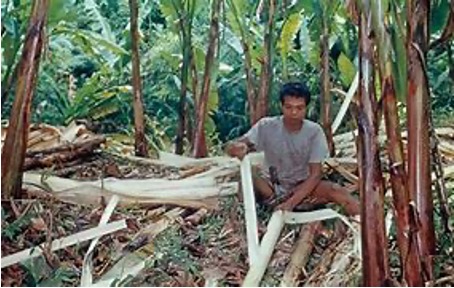
Tuxying of abaca plant follows. Tuxying is the method of extracting the fiber from the leaf sheaths. A tuxying knife is used to separate the entire leaf sheaths of abaca. The tuxied abaca is then ready for stripping.
Stripping of abaca fiber maybe done manually or mechanically. Hand stripping is the manual procedure of stripping abaca. Although simply done, it is laborious on the part of the stripper.
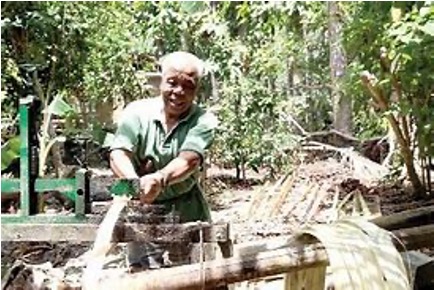
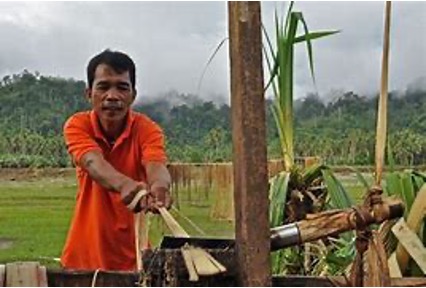
Mechanical stripping makes use of a machine known as the abaca mobile spindle stripping machine (MSSM). In spindle stripping, the abaca fiber is wound around the spindle of the machine which is kept in motion by an engine.

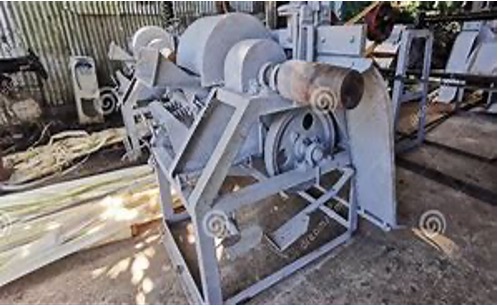
All stripped abaca are dried after which they are baled and graded before they are marketed.
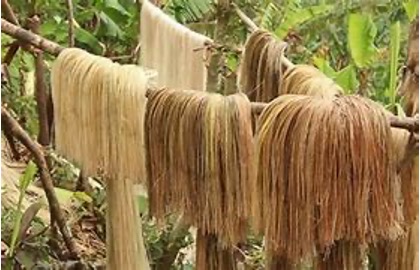
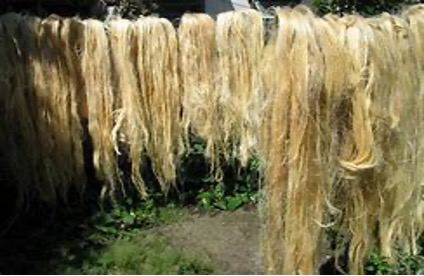
Sectional Distribution of Fiber Grades
